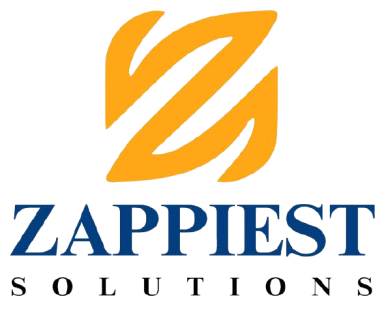
Amid the global shift to remote and hybrid work, IT Information Technology Solutions leaders are tasked with choosing the right technology solutions that empower productivity, security, and effortless collaboration regardless of location. It’s not just a matter of convenience, but a strategic necessity. Thee benefits are numerous and have a cultural, operational, and competitive impact.
Designing Remote and Hybrid Solutions for Your Business
Before you apply any technology, you must recognize the variety of your employees’ needs. Remote workers often work in various time zones, on different devices, and in different network conditions. Hybrid workers switch between an office environment and a remote environment, and need a seamless user experience. These conditions require the IT infrastructure to be versatile, expandable, and safe.
Key issue to be considered
Communication, data access, device management, and cybersecurity support are key issues to be considered. It’s also about taking a hard look at the team’s digital fluency, so that the tools you adopt empower, not infuriate.
Unified Communication and Collaboration Systems
To enable staff to remain productive through remote working, a solid communication system is the nucleus of an organization’s information technology solutions to be genuinely “remote-friendly”. Video conferencing, team chat, and live document collaboration are provided. Microsoft Teams, Slack, and Zoom serve their function for a reason —they are one-stop-shop video, messaging, file exchange, and integration platforms keeping teams in touch. But it’s not only about the tools; it’s about whether they integrate well with your current workflows. Aim for platforms that provide APIs and third-party integrations with PM tools (like Asana, Jira, or Trello), so that you can communicate directly with the team.
Infrastructure and Accessibility Via the Cloud
On-premise servers and file-sharing systems become choke points when employees work in various places. Cloud services such as Microsoft 365, Google Workspace, and AWS offer more than easy access to files and applications, with the ability to scale and strong uptime guarantees. Cloud desktops and virtual desktop infrastructure (VDI) are also gaining popularity. These solutions provide remote workers with a shared operating environment and enable IT Information Technology Solutions to oversee and manage updates and security.
Security & Endpoint Management
Threats escalate in remote locations. Fragmented networks and endpoints are not as well protected as corporate ones. Investing in high-quality cybersecurity tools such as endpoint detection and response (EDR), multifactor authentication (MFA), and zero trust architecture is essential. Endpoint management solutions such as Microsoft Intune or VMware Workspace ONE empower admins to monitor, secure, and manage devices regardless of location to stay compliant and minimize the risk of compromises.
IT Support and Monitoring That Grows With You
A distributed workforce bus DTiness needs a whole new IT support model. Legacy help desks must adapt to provide remote troubleshooting, self-service ticketing , and live monitoring. Tools such as TeamViewer, Splashtop, and remote monitoring and management (RMM) systems have helped IT teams quickly address queries without needing a physical presence. AI-driven chatbots and self-service portals can also take the strain off support teams and help employees solve their issues where possible.
Data Governance and Regulatory Compliance
The challenges regarding data management are even more nuanced, especially in industries with heavy compliance regulations in place. Have your IT solutions provider include role-based access control (RBAC), data loss prevention (DLP), and audit trails. You’ll also want clear policies around where data is stored and how it is shared and backed up, and ensure your employees understand how to adhere to any compliance guidelines. This helps protect your business and creates a culture of accountability.
Flexibility for the Future
With the rate of technological change, your IT environment must be flexible. Choose modular platforms that can grow and change with the needs of your business.
Final Thoughts
Regarding IT solutions that support remote and hybrid workforces, it’s not just about choosing the latest tools. It’s about building a digital platform that empowers your workforce no matter where your employees are, whether providing new ways to collaborate, making your environment more secure, or protecting your organization’s future of work. A well-planned investment in your IT environment can turn it into a powerful catalyst for flexibility and growth.

